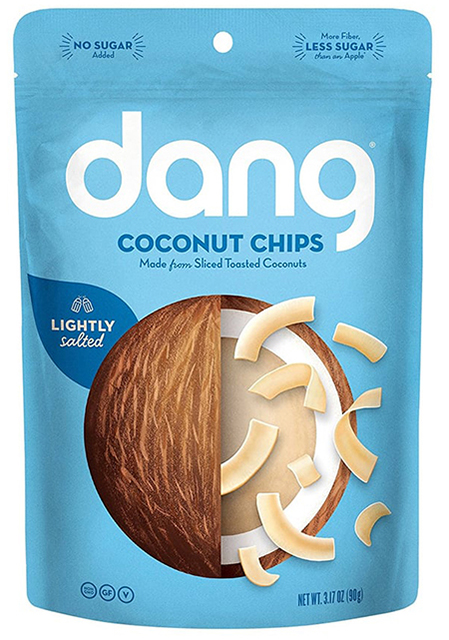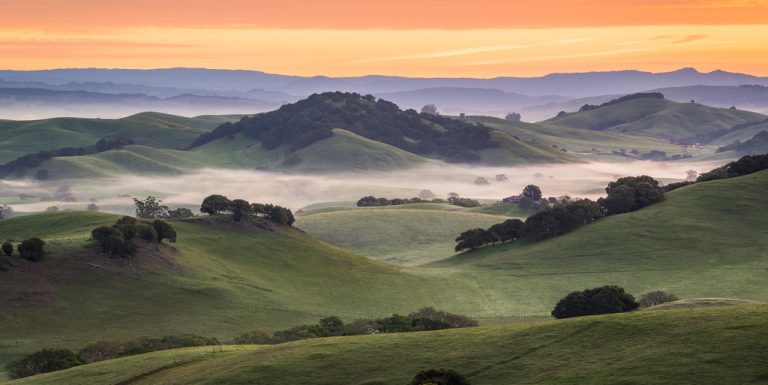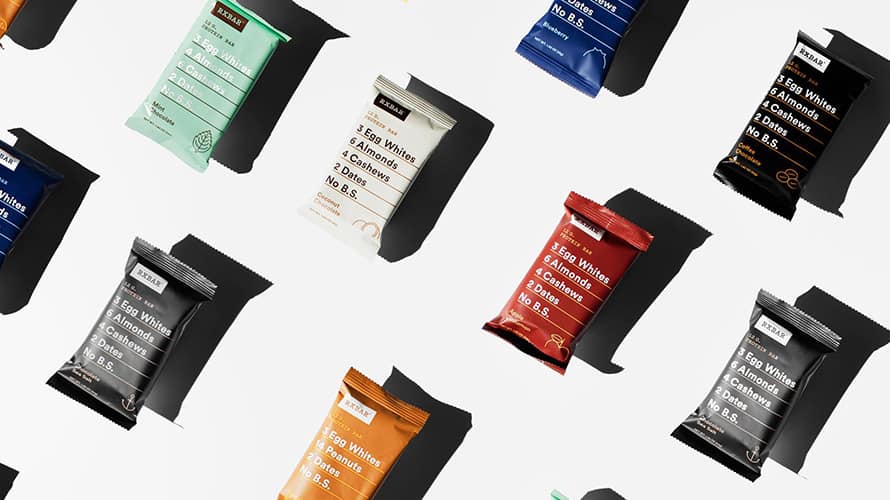
For coffee drinkers, that morning Cup of Joe is a ritual that won’t soon be abandoned, but what happens if you eat your morning cup instead of drink it? For centuries, people have been brewing beans for consumption (with popularity booming since the Boston Tea Party in 1773, when America switched from tea to coffee in nearly one fell swoop) and now it’s practically a faux pas not to drink the stuff. But even before we were meeting for coffee dates and swigging Starbuck’s before a big meeting, the bean was considered somewhat of a magic fruit.
The History: Eating Whole Coffee Beans
Let’s take a little trip back in time. Coffee can trace its roots back to the ancient coffee forests on the Ethiopian plateau. Legend has it that the goat herder Kaldi first discovered the effects of coffee when he noticed that his goats became energetic after eating the berries off a certain tree. Kaldi shared this information with the abbot of the local monastery who began turning these berries into a drink that kept him alert during evening prayers. Slowly, word moved to the Arabian Peninsula, where coffee cultivation and trade began.
The Bean: What Happens if You Eat Coffee Grounds
What exactly is the coffee bean? It’s the seed of the coffee fruit (also called a cherry). During processing, the cherry, the red exterior coating, is removed and the seed inside is dried into raw green coffee beans. These green beans are then roasted at various levels and become the mocha colored beans we know and love. When you grind these beans and combine them with hot water, you’re diluting the effects of the bean. So eating the bean has an amplified effect — you’re getting all of the caffeine and antioxidants, not just what drips through the filter. The active ingredients in coffee beans are also absorbed more quickly through the mucus membranes in the mouth when you chew them whole rather than when you sip their diluted counterparts.
The Benefits of Coffee
Not only does coffee give us a much needed pep in our step that allows to tackle the day, it also reduces the risk of liver disease, skin cancer, Type 2 diabetes, cardiovascular disease, and lessens the symptoms of Parkinson’s disease. Coffee is also the number one source of antioxidants for Americans, which remove free radicals from your bloodstream, and help to prevent cancer, cardiovascular disease, cognitive impairment, and immune dysfunction. Eating whole coffee beans helps you absorb not only the caffeine but also the ever important antioxidants faster. Plus, caffeine is credited with boosting memory consolidation, relieving post workout muscle pain, and increasing levels of dopamine. It’s, quite simply, a magic berry! And chewing coffee beans deliver your caffeine and antioxidants more rapidly than sipping your morning cup.(We don’t however, recommend eating coffee grounds.)
Where to Get Your Fix
As the benefits of caffeine continue to be touted, more companies are putting it into more places. Sure, you could grab a handful of beans and munch away, but that might be just a bit too hard core for some. Personally, a chocolate covered coffee bean goes a long way, but energy bars are your best bet for getting portable coffee on-the-go alongside proteins and fats that help you digest the caffeine slower and steadier. Eat Your Coffee, an organic, vegan, and gluten-free bar is infused with an entire cup of real coffee. Munch on it in Mocha Latte, Coconut Mocha, and Caramel Macchiato flavors that include good-for-you ingredients like cashews, oats, coconut, chia seeds, dates, coffee, quinoa, and cacao nibs. Coffee Thins, similarly, are a sweet treat that convert 100% of the whole coffee bean into an edible ingredient that delivers on taste and caffeine.
You may not be ready to give up your morning cup of coffee just yet, but these edible options are a great way to get an extra caffeine boost on the go.





